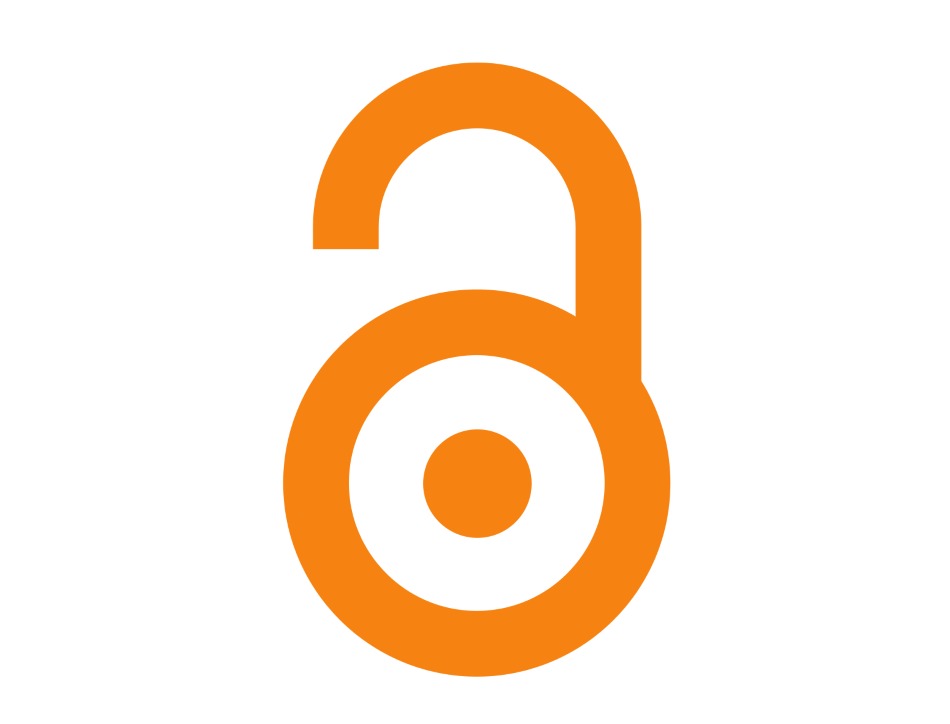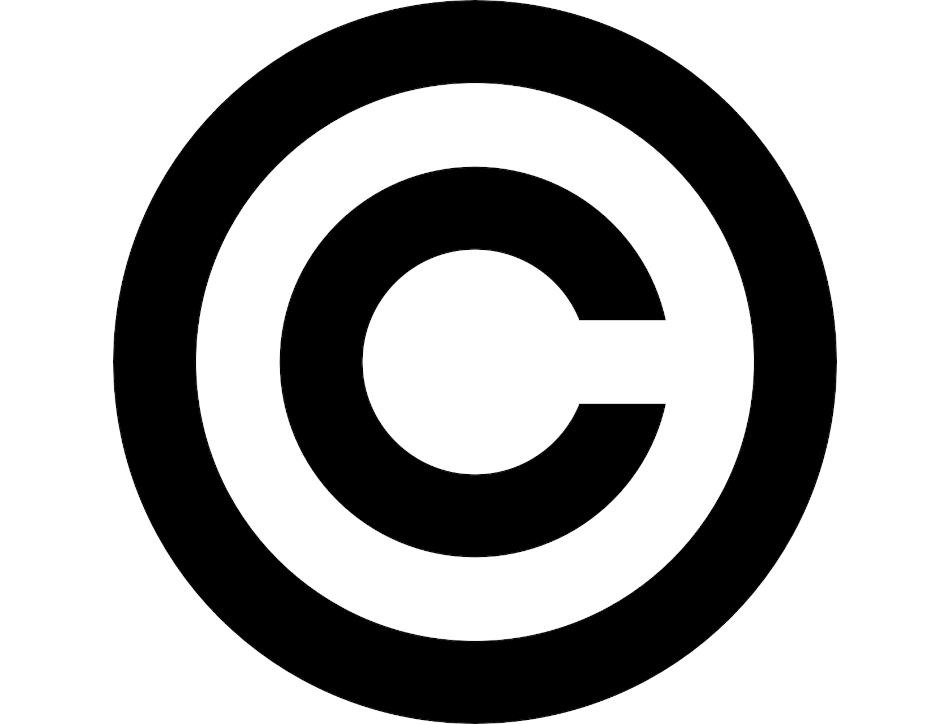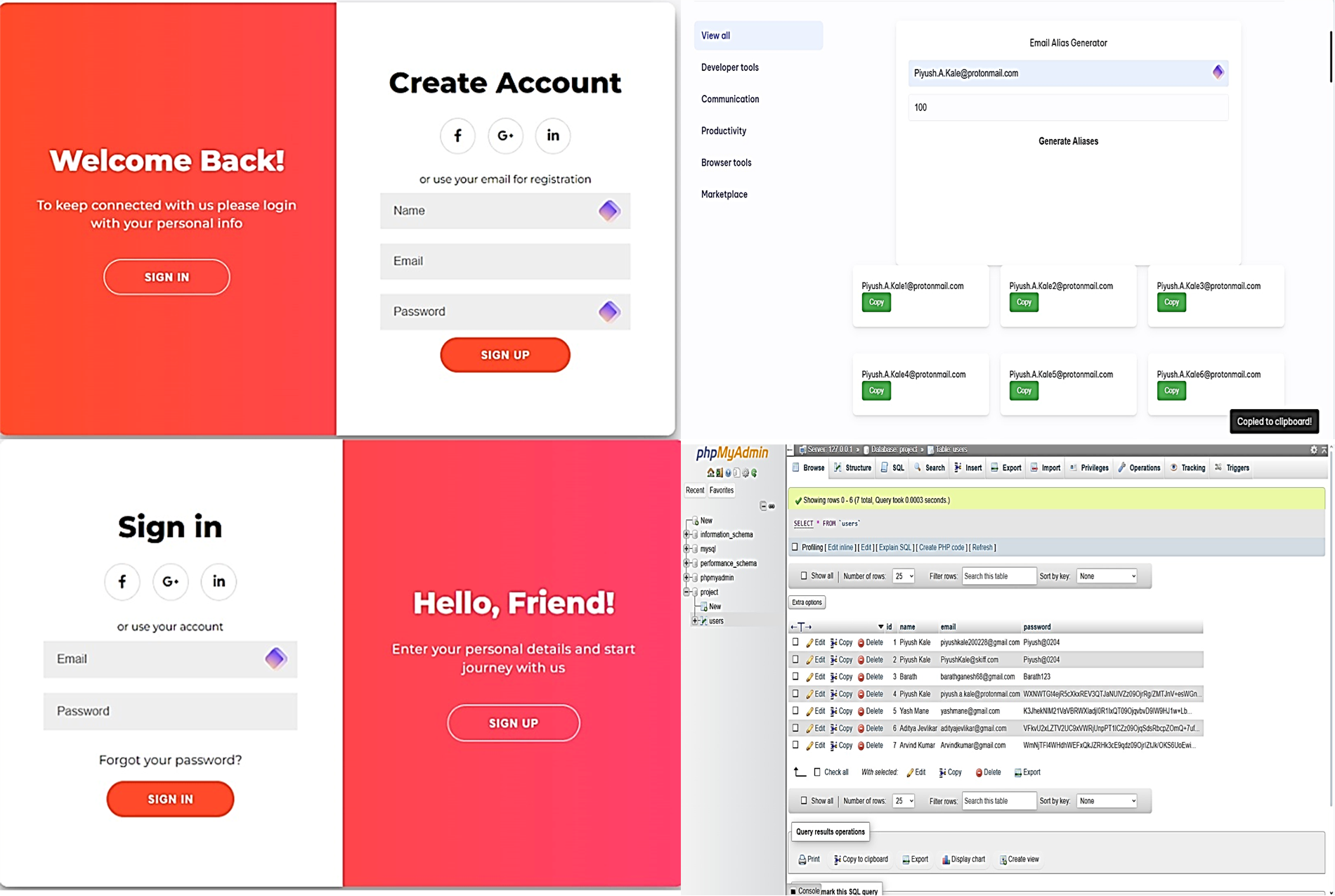Research Article | Open
Access
|
Open
Access
|


 | Published online: 24
June 2025
Email Security Using Email Aliasing
| Published online: 24
June 2025
Email Security Using Email Aliasing
Vijaykumar Bidve,1 Kiran Kakade,2 Rahul H. Bhole3 and Mohd Shafi Pathan4,*
1 School of Computer Science and Information Technology, Symbiosis Skills and Professional University, Pune, Maharashtra, 412101, India
2 Faculty of Management, Symbiosis Institute of Management Studies (SIMS), Symbiosis International (Deemed University), Pune, Maharashtra, 412115, India
3 Department of Information Technology, School of Computing, MIT Art Design and Technology University, Pune, Maharashtra, 412201, India
4 Department of Computer Science and Information Technology, MIT Art Design and Technology University, Pune, Maharashtra, 412201, India
*Email: shafi.pathan@mituniversity.edu.in
J. Inf. Commun. Technol. Algorithms Syst. Appl., 2025, 1(1), 25306 https://doi.org/10.64189/ict.25306
Received: 10 May 2025; Revised: 28 May 2025; Accepted: 12 June 2025
Abstract
E-mail has become a vital tool for communication in the digital era. But it's becoming more and harder to manage emails effectively while maintaining security due to the increase in online dangers and email traffic. One possible way to overcome these difficulties is via email aliasing, which involves setting up several email accounts that forward messages to a central mailbox. Generating many email names for a single mailbox, or email aliasing, has several advantages, such as increased security, better workflow, and effective communication. An in-depth discussion of email aliasing's features, advantages, potential security risks, and implementation methods is presented through this work. This article aims to provide helpful information to people and businesses looking to improve email management procedures by clarifying how email aliasing contributes to increased email security and efficiency.
Graphical Abstract
Novelty statement
Email aliasing to provide helpful information to people and businesses looking to improve email management procedures by clarifying how email aliasing contributes to increased email security and efficiency.






